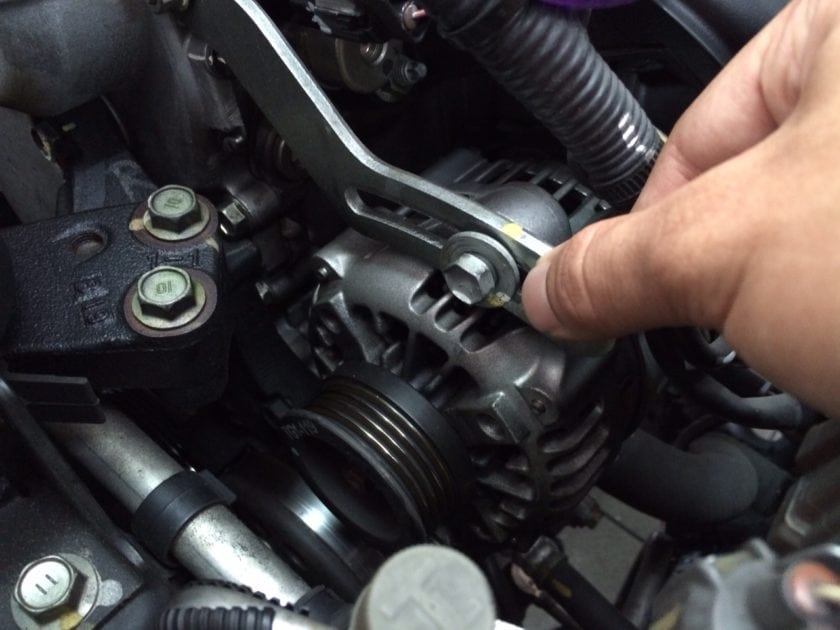Most people think that the battery powers the car, but it’s actually the alternator. The alternator acts like a generator, converting the mechanical energy created by the engine into electrical energy to power the lights, battery and other systems of the car. Combustion engines rely on alternators. Electric cars do not have an alternator. What is an alternator in a car? Here is how the alternator powers your car.

The Heart of the Electrical System
Some experts believe that the alternator is the most important component in your car, even more than the battery. The alternator generates energy through the serpentine belt that spins a rotor in the alternator creating a magnetic field that produces voltage. This voltage is captured by the stator which sends the power through the voltage regulator. The regulator manages the electricity received by the vehicle and battery. The battery stores energy so that the car will start and the car will have power when the engine isn’t running.
Alternator Maintenance
The alternator doesn’t take a lot of maintenance, but it will run better when you keep it free of dirt and debris. The alternator relies on air flow to stay cool to produce electricity. Removing grime and dirt helps to keep the air flowing around the system. Make sure you use the right belt so that the system isn’t strained. Keep up with car maintenance so that the engine is healthy. When your car is serviced, ask the mechanic to check the alternator. Wondering how to replace a suspension?
Signs of a Bad Alternator
When your car won’t start, it’s usually a problem with the battery, but it could be a faulty alternator.
It can be difficult to know when a problem is with the battery or the alternator when you are having problems with the electrical system. If the car dies immediately after a jump start, it could be the alternator. Another sign of a bad alternator is that your car frequently stalls, or the lights are very dim. You may even smell burning wires or rubber. Driving with a faulty alternator can be damaging to other parts of your car that rely on receiving electrical power from the alternator, like the power steering or fuel pump.
Test Your Alternator
Test your alternator with a multimeter. With the car shut off, test the voltage of your battery. It should be about 12 or 13 volts. Turn the car on and retest the battery again. You should get a higher reading of 13 to 14 volts. If the voltage drops or stays steady, the alternator may be faulty and may need to be replaced. When you replace the alternator, you should recheck the battery to ensure it’s charging effectively.
High Quality Car Parts for Body and Engine
Replacing the alternator can be a DIY job when you have the right parts and tools. Find all the car body parts replacement kits to take care of your vehicle. Order high quality parts to keep your car at peak performance so you’re never stranded on the side of the road.
Facebook Comments